Take for example the following picture shown below:
The image above obviously conveys a major problem that needs to be dealt with. The picture above is taken from an accident in 2011 -- where the freight ship "Rena" got stuck. Normally, we would expect to see the following picture of a freight ship shown below:
Or parked in a port ready to be either unloaded or loaded like the ship below:
Returning to the first picture, when a disaster occurs like the one shown above, how does an organization (International, Federal, State, etc.) deal with the problem? What do you do to remedy the situation? Obviously, there is a tremendous amount of weight stored on the cargo ship.
Why do I ask such questions?
Cargo On A Freight Ship
The reason that I am interested in asking such questions is due to the "noise" created by the "news" coupled with a devastating disaster -- whether the disaster be natural or man-made. The "noise" is the news cycle which has reduced the average person's attention span by having us jump from disaster to disaster. In the example above, the freight ship is stuck in the ocean on a reef.
If an average viewer was to follow just the news cycle, then they might be under the impression that the freight ship was fixed immediately and went back to business as usual. Through entertaining the amount of weight that an average freight ship might carry at a given time at sea, the perception might be changed. Or at least updated with further information on which to base an opinion on.
I have been wondering the answer to this question for a long time. Every time that I see a picture of a freight ship either at Port or out to sea -- I am stunned by the magnificent feat this must be to carry such an enormous amount of weight in a given trip. A few weeks ago, I was surfing my Instagram account (@mike_thinks_photos) when I happened to run across a picture of a freight ship and was held in amazement once again. I decided to ask a few question as shown below:
The conversation was attached to the photo shown below:
I cannot wrap my head around a ship (like the one above) carrying a payload of 180,000-tons. WOW! That is too much for me to comprehend. The reason why is based on a previous post that I wrote about the relative weights of the Queen Mary Ship and the Spruce Goose airship created by Howard Hughes. In that post, the conclusion was drawn that the erroneous excerpt from a tour guide mistook the weight of the Spruce Goose to be 400,000 tons (which was completely off base). Why?
If that were the case, then the Queen Mary Ship which is pictured below and weighs 96,000 tons would be roughly 1/4 of the weight of the Spruce Goose -- which clearly is not the case:
Source: Wikipedia
Here is another view of the Queen Mary Ship along with the dome which houses the Spruce Goose airship shown below:
Source: LA Helicopter Tours
Further, if this were the case, then the Spruce Goose would go down in history as the most "fuel inefficient" plane in history and would probably have never been able to lift off the ground. The conclusion of that blog post was that the "units" of measurement -- weights of each object were clearly mistaken by the author and that certainly can make a difference in the readers mind (not to mention the California Tourist eager to see those attractions).
An additional point to note in the example above of comparing the two objects (Queen Mary Ship and Spruce Goose airship) is the weight of each. If the Queen Mary does indeed weigh 96,000 tons -- then this can qualify as a 'metric' to use in the current post in regards to casting the weight carried on a freight ship into perspective.
A calculation can be carried out by dividing the two stated values of weight by each other. That is, divide the weight that is possible to carry on a freight ship (180,000 tons) by the weight of the Queen Mary Ship to get the following result shown below:
Which is to say, that the amount of freight (in weight) that an average freight ship can carry is equivalent to nearly the weight of two Queen Mary Ships -- WOW!
No wonder why disasters like the one above where the freight ship runs aground on a reef are so problematic. Think about the timeline of getting the ship back to moving cargo as usual. What steps have to be taken to stabilize a ship that is off-axis as shown in the picture (the first picture)?
Here are a few considerations:
1) How does a crew remove cargo from a tiled ship?
2) How does a crew pull the ship back into the water (if possible)?
3) How does a crew inspect ship for damage?
If we just entertain the three considerations above, how does a shipping company proceed with such a disaster? If anyone reading this blog post works for a shipping company, please feel free to comment below and give us some insight into the matter. Seems like an impossible task to me. I would have the following questions of concern:
1) What happens if the ship moves while removing the cargo?
2) What happens if the cargo falls off the ship while attempting to extract the freight?
3) What happens to the workers aboard the ship while the cargo is being removed?
4) Where is the extracted cargo moved to -- another ship?
Wow! 180,000 tons is equal to nearly two Queen Mary Ships.
Conclusion...
The next time that you see a freight ship like the one shown below:
Stop and entertain the following thought: The amount of weight on that ship could equal nearly two of the ships shown in the picture below:
Source: California Beaches
Furthermore, take a little time to ponder the amount of effort which would be required of salvaging crews to fix a freight ship that had floated ashore or onto a reef (like Rena above). Additionally, think about the importance of trade routes throughout the world (Suez Canal, etc.).
Why are those shipping routes so coveted?
When the issue is cast into the metric of the amount of weight possible to carry, the problem is quite simple. The next time that the popular news is filled with "noise" regarding dock workers striking at the Ports which house these ships, stop and think of the volume of cargo that is being held up from moving about the world. Think of the packages and goods that are being stalled on ships that are waiting at sea to be unloaded.
The above weight mentioned did not include the thousands of tons of oil which was stored on the ship to power the movement of the cargo on route. Until next time, have a great day!!
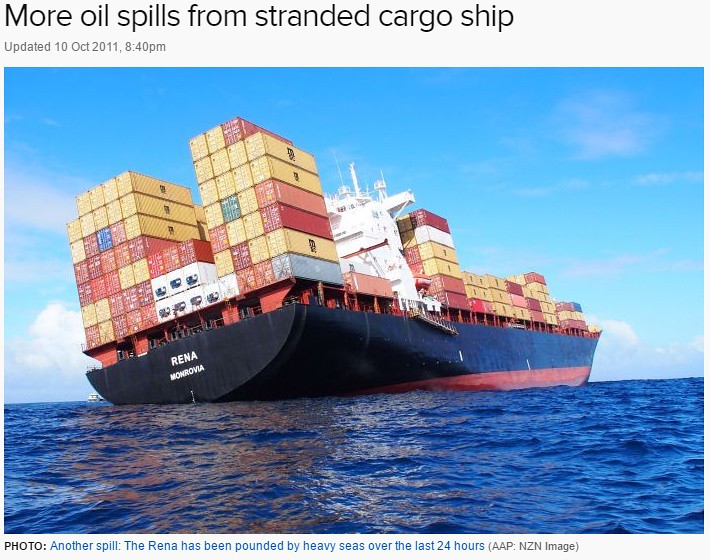

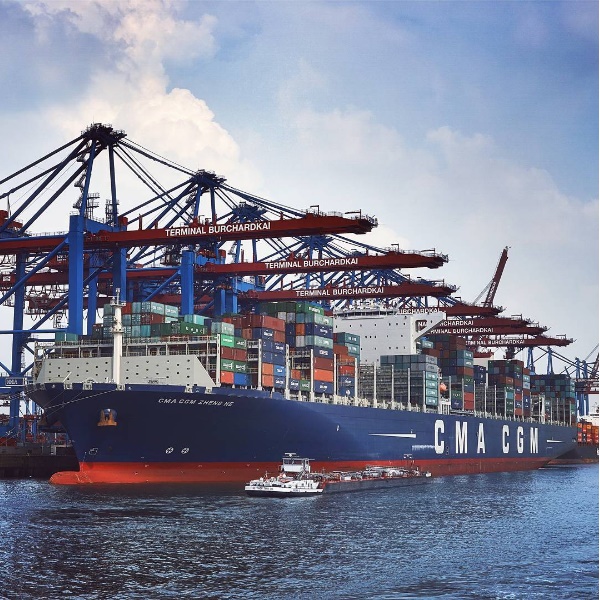
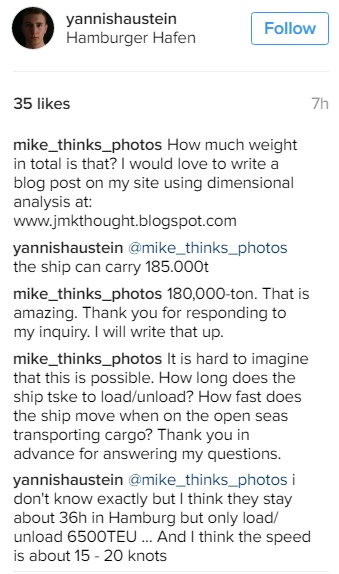
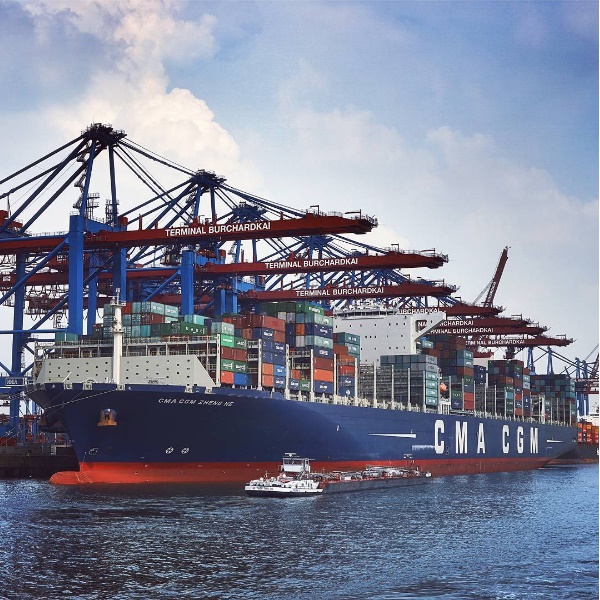



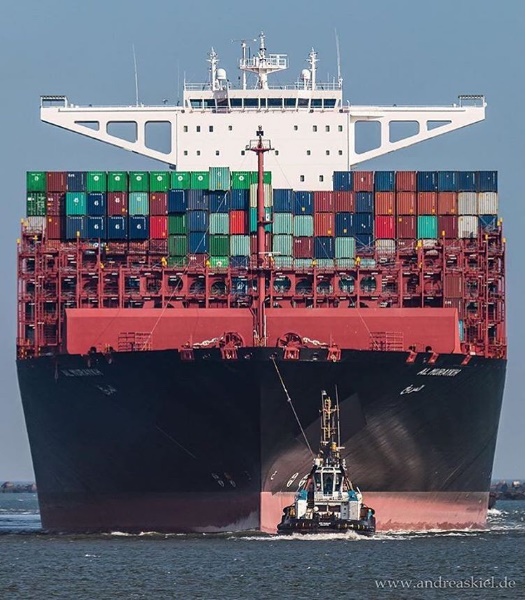
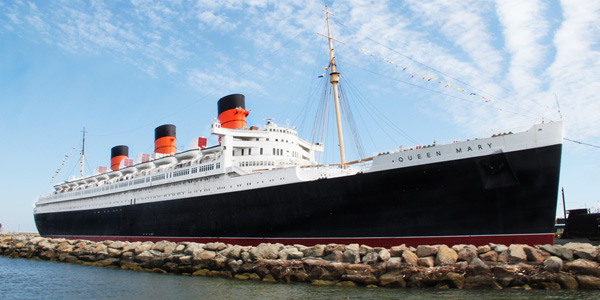
No comments:
Post a Comment